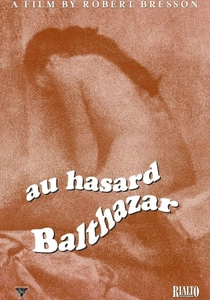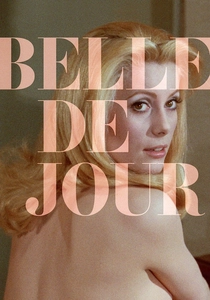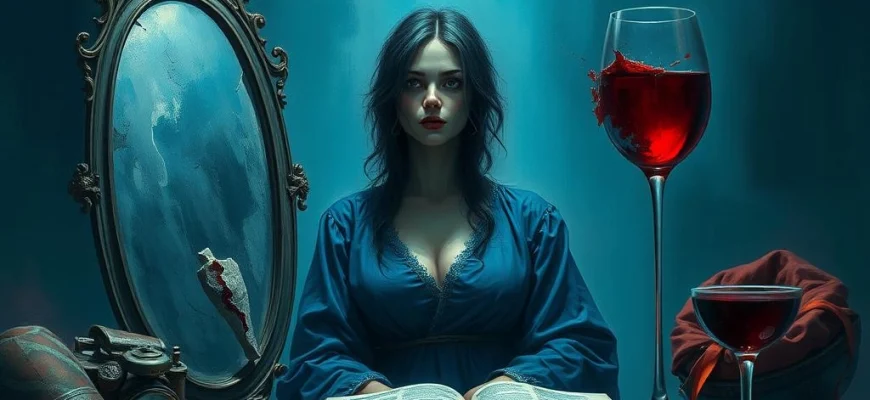If you were captivated by Luis Buñuel's provocative masterpiece Viridiana (1962), a film that blends dark satire with surrealist imagery, you're likely craving more thought-provoking cinema. This article explores 10 movies and shows that share Viridiana's themes of morality, hypocrisy, and subversive storytelling, offering a curated list for fans of Buñuel's audacious vision.

L'Age d'Or (1930)
Description: A surreal and scandalous critique of religion, morality, and societal conventions, featuring disjointed narratives and shocking imagery to provoke and challenge the audience.
Fact: The film caused riots upon its release and was banned for decades. It was funded by the wealthy art patron the Vicomte de Noailles, who also funded other avant-garde films.
 Watch Now
Watch Now 
The Rules of the Game (1939)
Description: A biting satire of the French aristocracy, where a weekend at a country estate reveals the hypocrisy and moral decay of the upper class, using intricate character interactions and a tragicomic tone.
Fact: The film was initially met with hostility and was even banned during World War II. It is now considered one of the greatest films ever made.
 Watch Now
Watch Now 
Beauty and the Beast (1946)
Description: A visually stunning fairy tale that delves into themes of transformation, love, and the grotesque, with a dreamlike atmosphere that blurs the line between reality and fantasy.
Fact: The Beast's makeup was so elaborate that it took five hours to apply each day. The film was a passion project for the director, who spent years developing its unique aesthetic.
 Watch Now
Watch Now 
Orpheus (1950)
Description: A poetic reimagining of the Orpheus myth, blending the mundane with the mythical to explore themes of art, death, and obsession, all presented with a dreamlike visual style.
Fact: The film features mirrors as portals to the underworld, a recurring motif in the director's work. It was part of a trilogy that reinterprets classical myths.
 Watch Now
Watch Now 
Diary of a Country Priest (1951)
Description: A profound meditation on faith, suffering, and isolation, following a young priest's struggles in a hostile parish, presented with a stark, almost documentary-like realism.
Fact: The film was adapted from a novel by Georges Bernanos. It uses voice-over narration extensively to convey the priest's inner thoughts.
 Watch Now
Watch Now 
The Exterminating Angel (1962)
Description: A surreal exploration of social decay and human nature, where guests at a dinner party find themselves inexplicably unable to leave, reflecting themes of existential absurdity and societal critique.
Fact: The film was initially banned in Spain due to its perceived anti-Francoist undertones. It features a recurring motif of a bear and a sheep wandering into the mansion, adding to its surreal atmosphere.
 Watch Now
Watch Now 
Au Hasard Balthazar (1966)
Description: A poignant and allegorical story of a donkey's life, mirroring human suffering and redemption, with a minimalist style that emphasizes the brutality and beauty of existence.
Fact: The donkey, Balthazar, is often interpreted as a Christ-like figure. The film was shot in sequence to capture the animal's natural aging process.
 Watch Now
Watch Now 
Belle de Jour (1967)
Description: A provocative examination of desire, repression, and duality, following a bourgeois housewife who secretly works in a brothel, blending reality and fantasy in a way that challenges moral and social norms.
Fact: The film was controversial for its explicit depiction of sexuality and won the Golden Lion at the Venice Film Festival. The title refers to a type of prostitute who works during the day.
 Watch Now
Watch Now 
The Discreet Charm of the Bourgeoisie (1972)
Description: A satirical take on the absurdities of the upper class, where a group of friends repeatedly attempt to dine together but are thwarted by bizarre and surreal interruptions, highlighting the emptiness of bourgeois life.
Fact: The film won the Academy Award for Best Foreign Language Film. It features a recurring dream sequence that blurs the line between reality and illusion.
 Watch Now
Watch Now 
The Criminal Life of Archibaldo de la Cruz (1955)
Description: A darkly comedic tale of a man obsessed with the idea of murder, exploring themes of guilt, fantasy, and the blurred line between desire and violence.
Fact: The film was originally intended to be a segment in an anthology film. It uses a music box as a key symbol, representing the protagonist's twisted fantasies.
 Watch Now
Watch Now 








